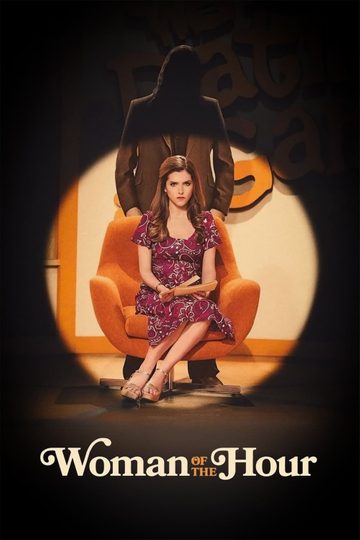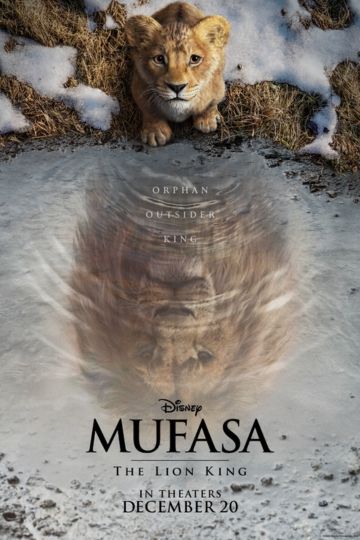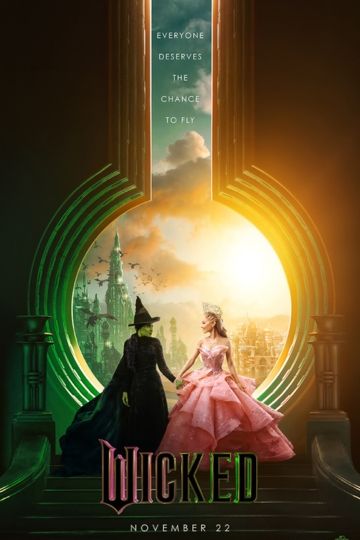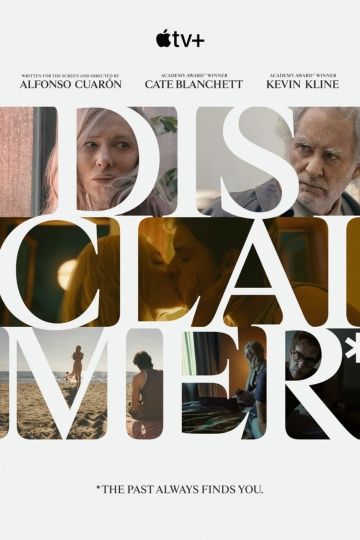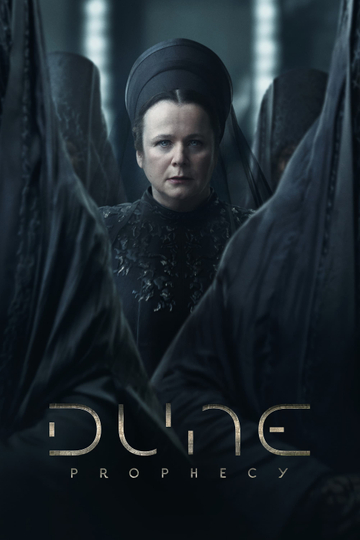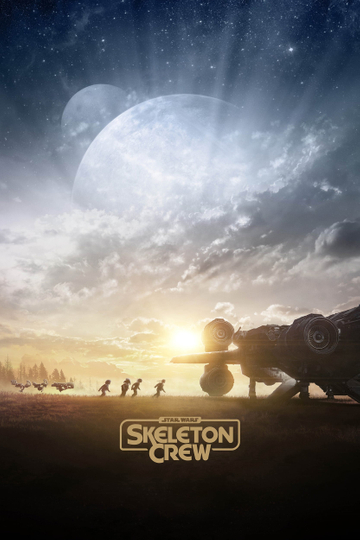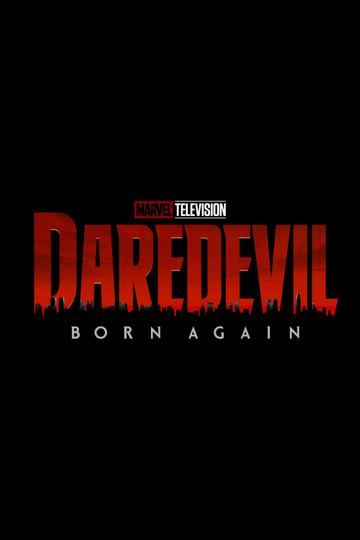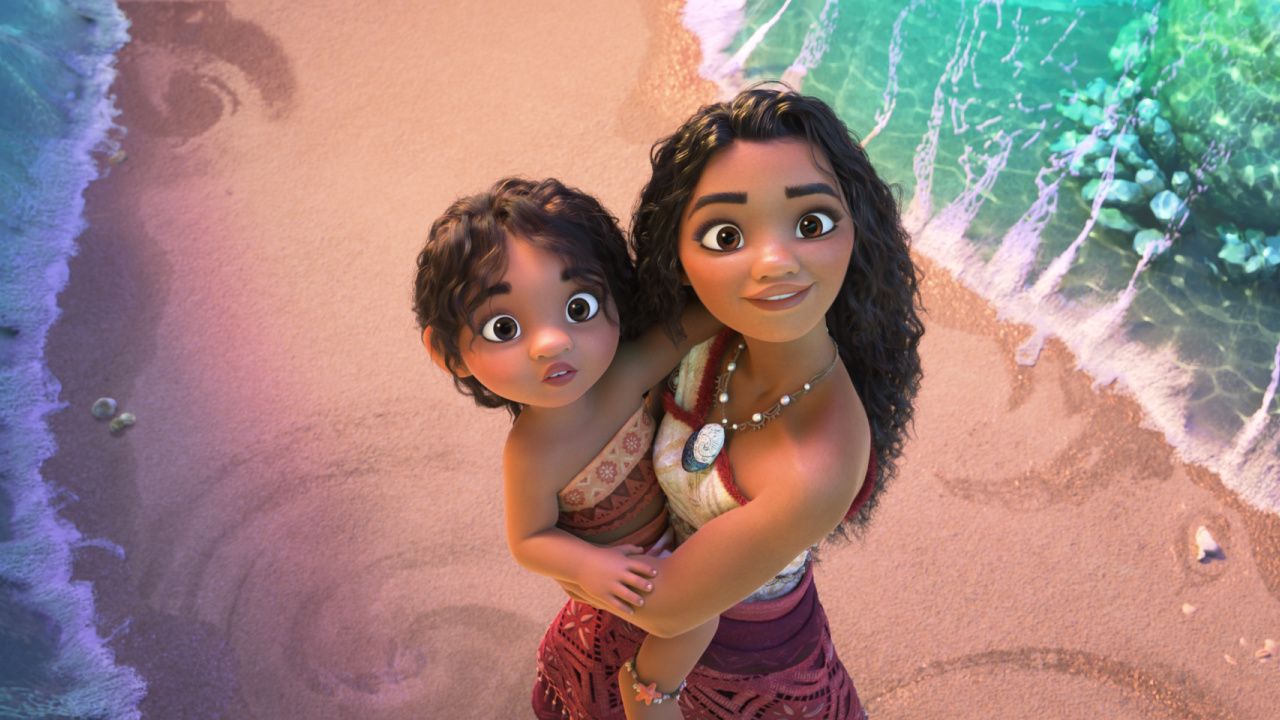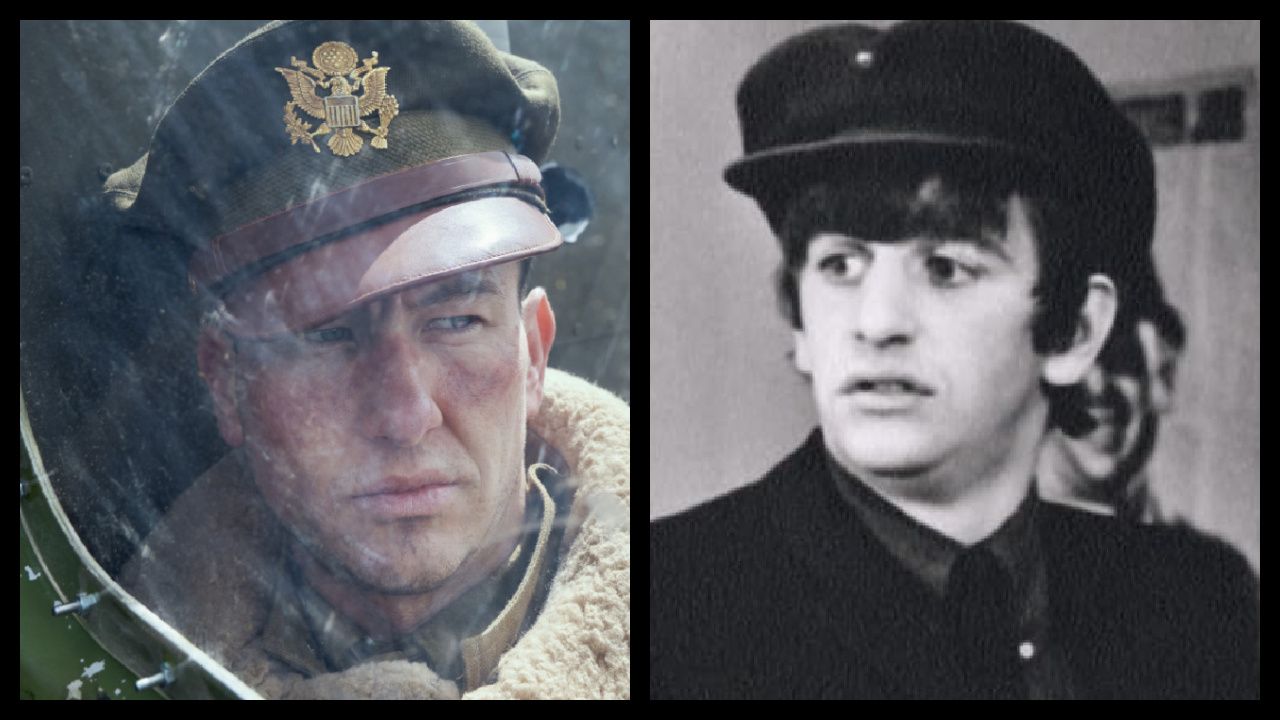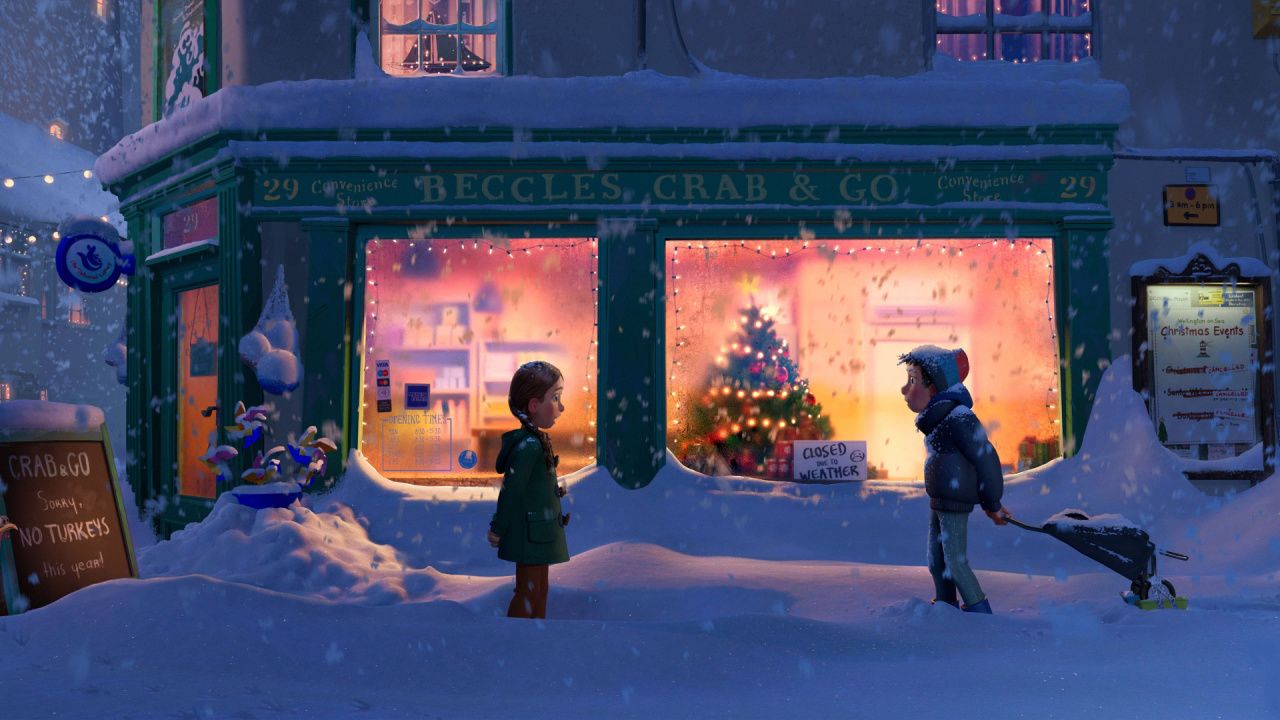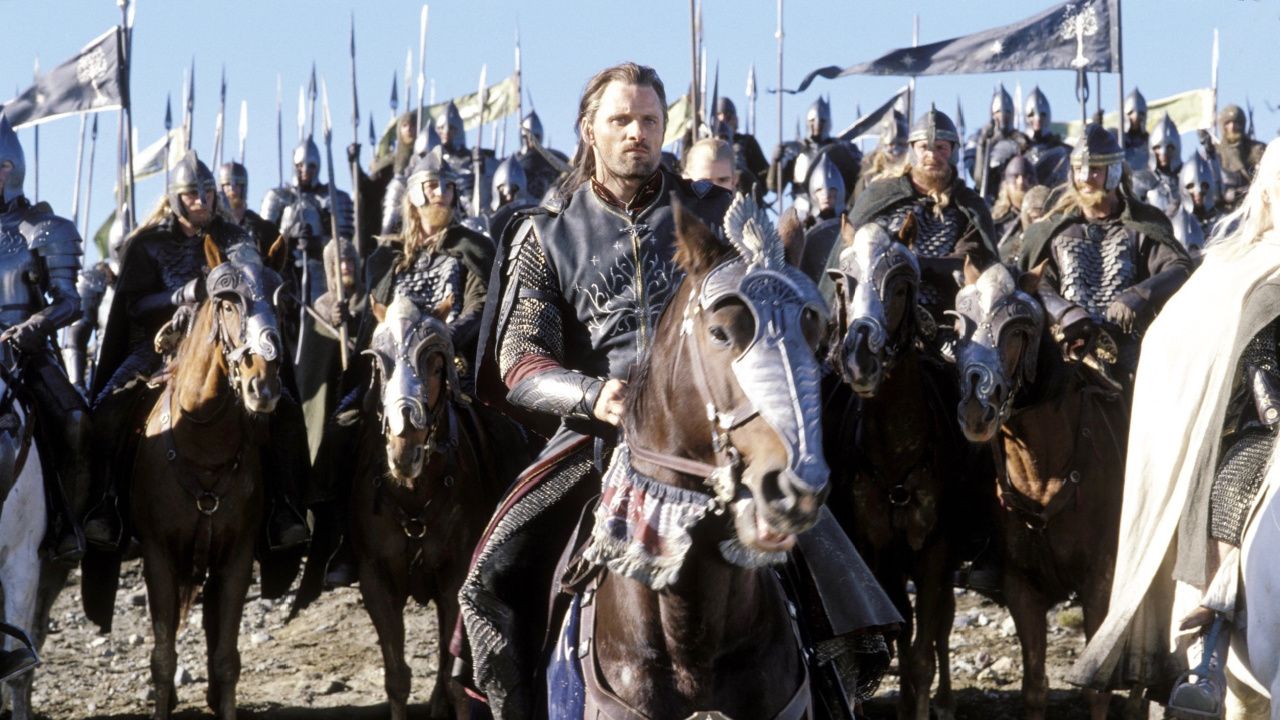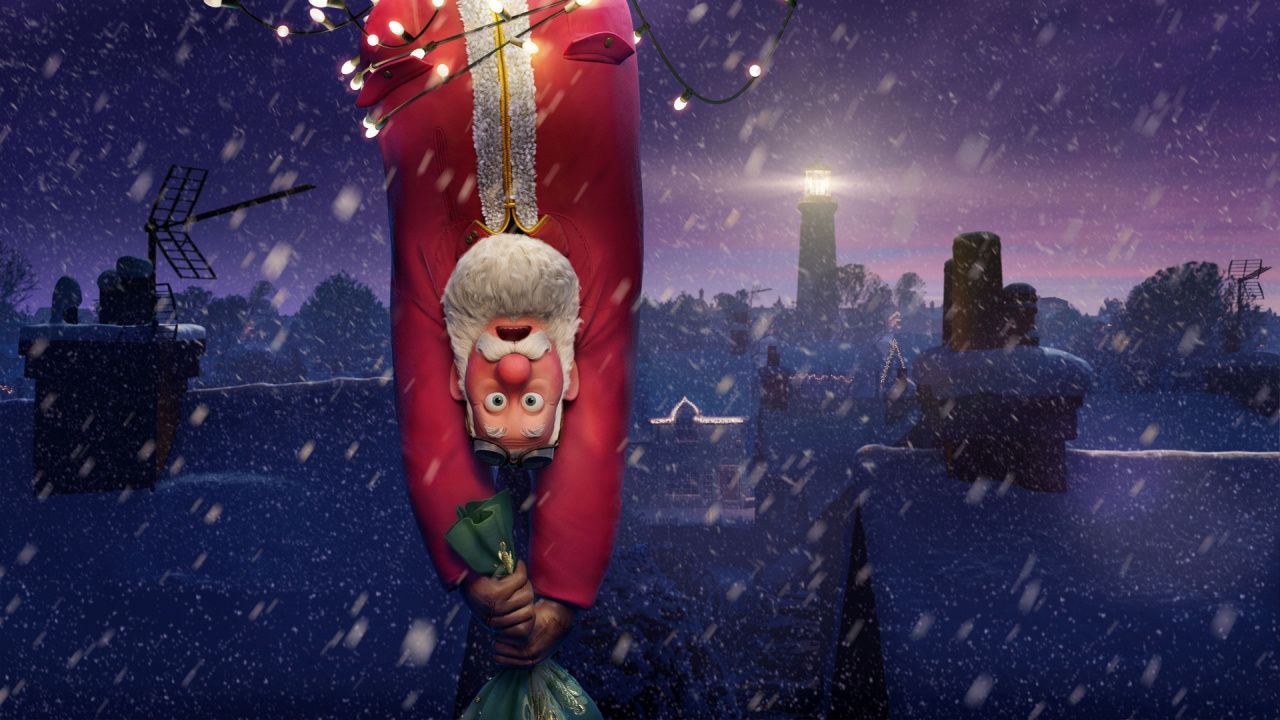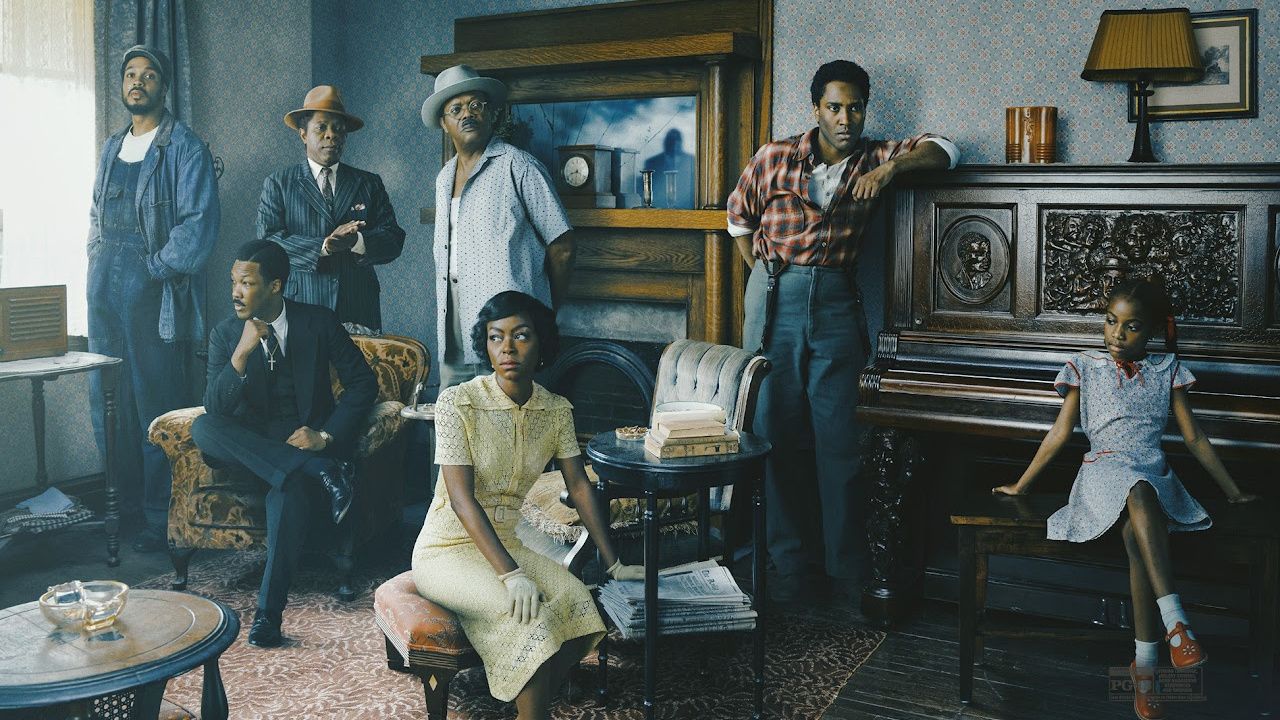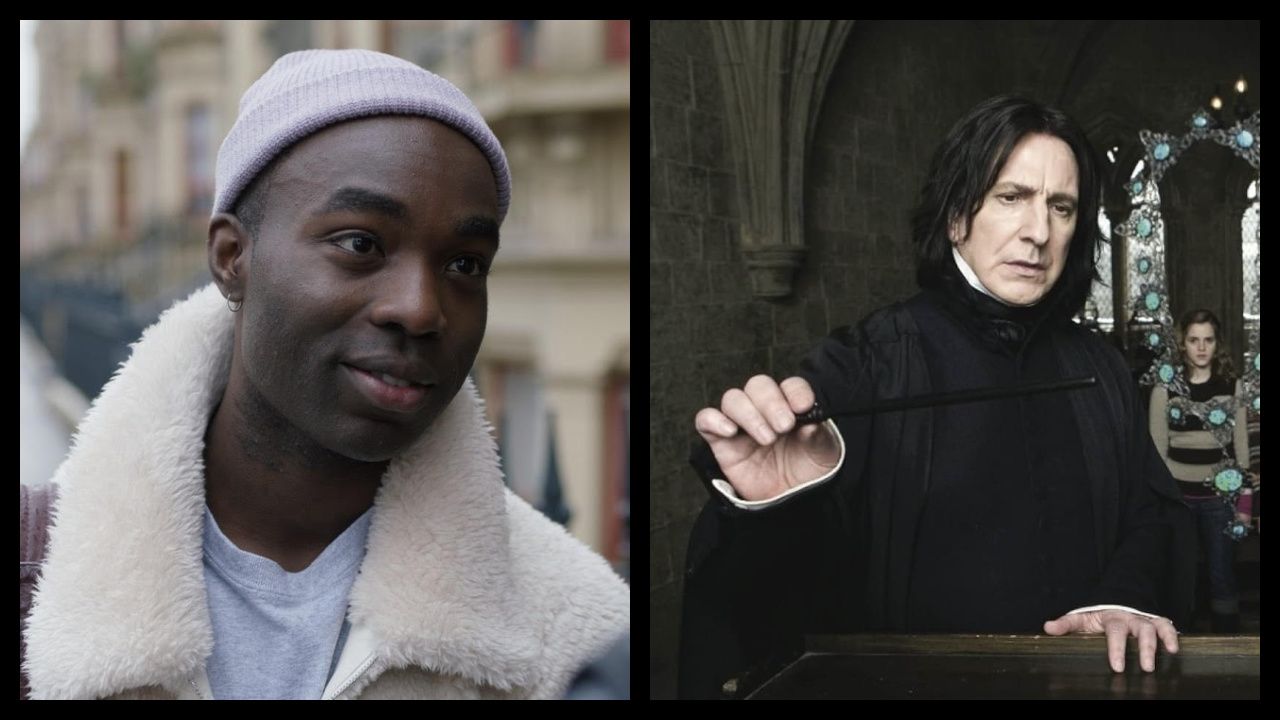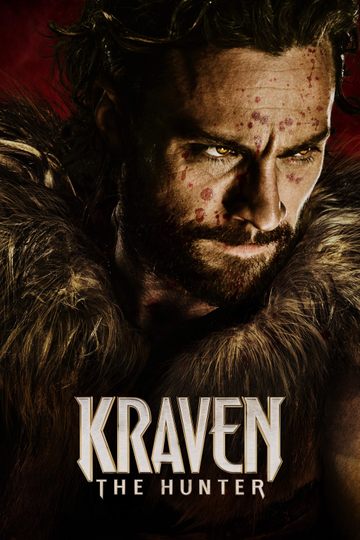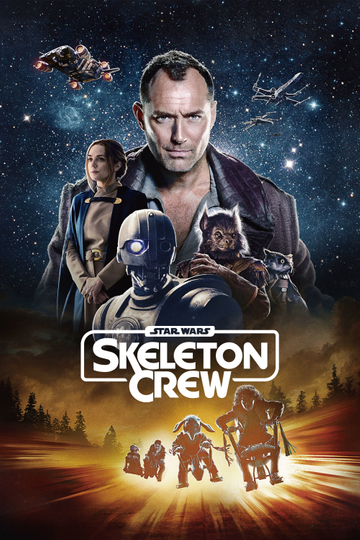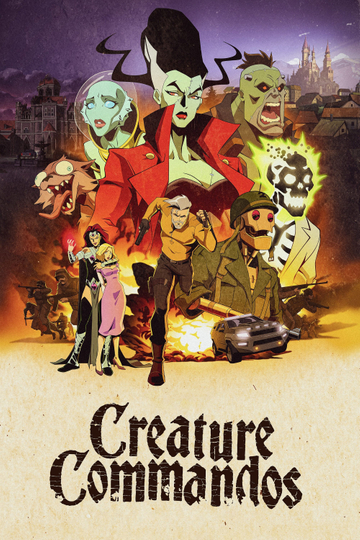Every Robert Zemeckis Movie, Ranked
Robert Zemeckis is one of the most exciting filmmakers working today, still. The filmmaker came of age in the 1980s with his then-writing-partner Bob Gale, working on a string of Steven Spielberg-approved projects to varying levels of success (some of the early projects fell flat until he made certain creative and commercial breakthroughs). And since that initial boom, he has continued to challenge himself (and audiences), utilizing new storytelling forms and technologies, always in the pursuit of the most exciting, emotionally resonant result. In honor of his entire body of work, we have ranked his entire filmography.
18. ‘Welcome to Marwen’ (2018)
Zemeckis’ latest film is, objectively, also his worst. Based on a sensational documentary about an artist (played by Steve Carell in this film) who, following a brutal beating, creates a fictional World War II-era in his backyard. Bafflingly, “Welcome to Marwen” turns a third act twist in the documentary that Mark Hogancamp (Carell) was targeted because he had a fetish for women’s clothing, into something that is revealed in the opening scene. Zemeckis, working at the top of his game as a craftsman, conjures Mark’s imaginary world, populated with doll equivalents of the women in his life, using cutting edge motion capture technology. But tonally “Welcome to Marwen” is all over the map, toggling uneasily between tragic drama and WTF-worthy fantasy (spoiler alert: there’s a witch). The only consistency is that both sides of the movie feel horribly inauthentic. Also, there’s a bizarre series of “Back to the Future” references that come off as just sad.
17. ‘Flight’ (2012)
After spending years in the wilds of performance capture animation, Zemeckis returned to live action with this overwrought drama, but it failed to connect on a visceral or emotional level. Denzel Washington plays a drunk, druggy commercial pilot who becomes an unwitting hero after a near-miss crash (and falls under increasing public scrutiny). Washington is terrific (as always), garnering a much-deserved Oscar nomination, and Zemeckis manages to eke out one dazzling sequence (the place crash, which includes a moment when Washington flies the plane upside down) but ultimately the entire movie crumbles under the weight of the cliché-riddled screenplay by John Gatins (also, bafflingly, Oscar-nominated) and some of the worst, most on-the-nose soundtrack choices in recent memory. “Flight” could have been great; it’s not.
16. ‘The Walk’ (2015)
Part of what makes “The Walk” such a bland spectacle (even if you, like me, saw it in IMAX 3D), was that the story was already told just a few years prior in the much, much better “Man on Wire.” Sure, the actual walk between the Twin Towers (and the heist-like preamble) is breathlessly orchestrated in ways that only Zemeckis could, but everything else about the movie, from Joseph Gordon-Levitt’s cringe-worthy performance as whimsical French aerialist Philippe Petit to the maudlin romance that serves as the movie’s “heart,” falls hopelessly flat. Sigh.
15. ‘Back to the Future Part III’ (1990)
Easily the weakest entry in the “Back to the Future” franchise, “Back to the Future, Part III,” released back-to-back with the sequel (it was teased at the end of “II” in a way that predates the Marvel post-credits scene), suffers greatly from the lack of involvement from Crispin Glover and from its own misplaced earnestness. Whereas the sequel had a prankster’s mischievousness about it, upending not only the rules of time travel but also the traditions of a Hollywood sequel, the third film is more or less a straightforward western with some nifty modern wraparounds. (His 1950s “western” costume is the best. The little atomic symbols are terrific.) But even an anachronistic appearance by ZZ Top doesn’t do much to elevate this well-intentioned bore.
14. ‘A Christmas Carol’ (2009)
Teaming with Jim Carrey for a motion-capture retelling of the Charles Dickens yuletide classic probably seemed like a no-brainer for Zemeckis and Disney, who probably saw it as the chance to add a potential holiday favorite to the cultural lexicon, updating a beloved tale with cutting-edge technology. (A major talking point when the movie was opening was that it was Zemeckis’ return to the time travel story, which is sort of true.) But “A Christmas Carol” was a financial disappointment and a critical non-starter and led, ultimately, to Zemeckis and his ImageMovers enterprise getting booted from Disney. And it’s a shame, too, not only because of what Zemeckis had planned (a remake of The Beatles’ “Yellow Submarine” and a giant robot movie), but because “A Christmas Carol” is actually something of an achievement, a nifty, whirligig fable anchored by Carrey playing a whole squadron of characters. It’s absolutely gorgeous, too, and so fun to watch Zemeckis load up the original story with his characteristic set pieces.
13. ‘Beowulf’ (2007)
The finest film in the slate of motion capture provocations, “Beowulf,” based on the ancient tale, is the kind of heady, muscular filmmaking that only Zemeckis is capable of, but amped up to the nth degree thanks to the breakthroughs in computer technology and his never-ceasing “camera,” able to go places that a physical camera never could. Ray Winstone delivers the performance capture for the titular character, a warrior called upon to aid a village that’s being threatened by a marauding monster (Crispin Glover, collaborating once again with Zemeckis after the contentious fallout surrounding the “Back to the Future” sequels). The script by legendary fantasy author Neil Gaiman and “Pulp Fiction” writer Roger Avary deepens themes and creates plenty of space for Zemeckis to really cut loose. Originally, an NC-17-rated version was going to play in IMAX theaters while the PG-13 version would run in regular houses. That never happened and while the film remains full of implied grit, it’s still a hell of a ride.
12. ‘Cast Away’ (2000)
Even when you might not care for the movie, it’s hard not to appreciate the audacity of some of these things. “Cast Away” was scheduled so that Tom Hanks could spend six months away from production, losing wait and growing out his beard and hair (in the interim, Zemeckis directed another movie) to simulate the effects of being stranded on a deserted island. And honestly, looking back on the film, the production is much more interesting than the actual movie, which features another A+ Tom Hanks performance, a couple of nifty sequences (the plane crash is, of course, a Zemeckis masterclass) and … not a lot else. Oddly forgettable (except for “Wilson,” obviously), this one has its charms but fails to stack up when compared to the rest of the filmmaker’s oeuvre.
11. ‘Back to the Future Part II’ (1989)
In a weird way, “Back to the Future, Part II” has become nearly as influential as the original film, mostly in the ways that it gleefully upends expected tropes in favor of making a meta-textual commentary on the role of sequels and how filmmakers are asked to just repeat everything that made the first sequel great (by going back into the same sequences). An original version of the sequel had Marty traveling back to the 1960s, when his parents were flower-children, but the fact that Crispin Glover refused to collaborate sent them on a much different path. At least two movies in 2019 have referenced the film extensively (“Happy Death Day 2U” and “Avengers: Endgame”), a testament to its continued power (another point of reference is the fact that Biff seems to have become president in our real world). While slightly diminished by the lack of Glover’s involvement, its other biggest sticking point is the decision to make Marty some kind of hair-trigger hot head. It’s the dumbest part of an otherwise ambitious and adventurous follow-up.
10. ‘Forrest Gump’ (1994)
By the time that “Forrest Gump” came out, Zemeckis had garnered plenty of commercial success but had never had a runaway critical crowd-pleaser. That all change with “Forrest Gump,” which would not only wind up as the second most successful movie of the year but also land on countless best-of lists at the end of the year and sweep the Oscars, winning Best Picture, Best Actor (Tom Hanks), Best Adapted Screenplay, Best Visual Effects, Best Editing and Best Director for Zemeckis himself. It was a sensation. Looking back on the film, it can’t help but feel a little creaky (especially in the same year that “Pulp Fiction” and “Heavenly Creatures” were released, both signaling the arrival of major talents) but technically proficient and still very moving. This is Zemeckis at his most earnest and big-hearted, two qualities that Hanks’ performance very much embodies, and it’s pretty hard to hate on that.
9. ‘Death Becomes Her’ (1992)
What began as a contentious production, with confusion over tone, a lengthy screening process and untested visual effects, has wound up a cult classic, celebrated particularly in the LGBTQ community and released as a new, special-features-laden Blu-ray from Shout Factory. A dark comedy is a tough sell to mainstream audiences, especially one this dark (the original trailer utilized music from Zemeckis’ “Tales from the Crypt” HBO series), so it’s understandable that “Death Becomes Her” took a while to find its audience. Meryl Streep and Goldie Hawn play a pair of women chasing the fountain of youth, until they literally find it in a mysterious vial. As the situation becomes more murderous, Zemeckis is given license to pile on the visual effects, including blowing a hole through Hawn and having Streep’s head on backwards. A wild, wonderful ride in which every performer (including a more-than-game Bruce Willis) knows exactly what movie they’re in, “Death Becomes Her” is an oddball delight.
8. ‘What Lies Beneath’ (2000)
Weirdly underrated, “What Lies Beneath” was the “little movie” that Zemeckis filmed in the six months Tom Hanks was growing out his beard and losing weight for the second half of “Cast Away.” The filmmaker wanted to make a Hitchcock movie but with all of the modern technological advancements (because, of course he did), although that scratches the surface of what he actually accomplished. For one, he made a tightly modulated thriller that veers from the kind of domestic, Hitchcockian tropes he was originally interested in to something far more ghoulish and supernatural. (This is the closest he’s come to recapturing his “Tales from the Crypt” magic.) He also, amazingly, subverted Harrison Ford’s movie-star image, turning him into a creepy letch (and then something even nastier), while cementing Michelle Pfieffer’s place as one of our most beloved leading ladies. Oh and the technological stuff (lots of computer-augmented camera moves and the like) is neat too.
7. ‘Contact’ (1997)
It took a while for Zemeckis to settle on his follow-up to the box office-smashing, Oscar-sweeping “Forrest Gump” and when he did, it was a doozy: a long-in-the-works adaptation of scientist Carl Sagan’s lone novel “Contact” (which, in the circuitous universe of Hollywood, began as a screenplay). Some of Zemeckis’ greatest ideas and most breathless set pieces are housed within “Contact” (among them: the famous “mirror shot,” the terrorist attack on the spaceship, and the initial discovery of the message) but there are also some of his very worst inclinations on display, right alongside these breakthroughs and you can feel the sentimentality of “Forrest Gump” seeping into the hard sci-fi. (This is no more apparent than during the anticlimactic third act.) Also, Matthew McConaughey is gravely miscast as a spiritual leader and potential love interest for Jodie Foster. On what planet?
6. ‘Allied’ (2016)
Right before “Allied” was scheduled to be released, tabloid reports had stars Brad Pitt and Marion Cotillard carrying on a very real affair. But even that kind of creepy curiosity wasn’t enough to make the film a hit, which is a shame because it’s one of the director’s very best, most mature works, a World War II-set thriller that actually thrills. Pitt is a Canadian spy who starts working with Cotillard’s French Resistance fighter, eventually falling in love with her, before uncovering intelligence that she might be working for the other side. As Pitt struggles to figure out the truth, you can feel the noose tightening, and in many ways the film feels like one of Zemeckis’ patented set pieces but sustained over much of the 124-minute runtime. (Steven Knight’s script is terrific.) It’s a brilliant film, full of nuanced performances and edge-of-your-seat thrills. Eventually people will rediscover it and say, “Where has this been?”
5. ‘Romancing the Stone’ (1984)
The legacy of “Romancing the Stone” can be felt in the number of modern action adventures that attempt to replicate that film’s tone and style but end up failing horribly. Because it really is something; there’s alchemy on display, a kind of lightning-in-a-bottle electricity, that has yet to be duplicated (even by its Zemeckis-less sequel, “Jewel of the Nile”). Kathleen Turner (who would go on to voice Jessica Rabbit), as a spirited novelist, and Michael Douglas, as a shady smuggler, are a dynamic duo, and their bickering, flirtatious banter felt both classically old school Hollywood as well as hopelessly modern. This movie has real gusto, and Zemeckis treats the comedy just as seriously as the action sequences, staging each moment with his typical meticulous attention to detail and the way that, whether it’s a set piece or a punchline, the moments can build and grow in complexity. More importantly, “Romancing the Stone” would end Zemeckis’ cold-streak and set up him for an unprecedented run of critical and commercial darlings.
4. ‘Used Cars’ (1980)
One of Zemeckis’ earliest projects and also one of his best, “Used Cars” is a gonzo, sometimes incredibly dark comedy that the director mounted after his flashy (and ultimately disastrous) writing gig on Steven Spielberg’s doomed farce “1941.” Kurt Russell, at the height of his 1980s, post-Disney charm offensive, plays a handsome dingus working at a ragtag car dealership competing against a much slicker lot across the street from them. As you can imagine, things get wild. At the time of the movie’s release, the humor felt too dark and esoteric for mainstream success, and you can feel that his early setbacks might have curdled the screenplay to a degree (the script was credited to Zemeckis and his longtime partner Bob Gale). But over the years it has garnered the appreciation it rightfully deserves. (Earlier this year a Blu-ray was released by Shout Factory.) No matter the price, “Used Cars” is worth picking up.
3. ‘I Wanna Hold Your Hand’ (1978)
Zemeckis and Gale’s very first film remains a charming time capsule, cheery and manic in equal measure. “I Want to Hold Your Hand” follows a group of young girls (including a wonderful Nancy Allen) travel from New Jersey to New York City to try and get a glimpse of the Beatles as they perform on “The Ed Sullivan Show.” Of course, anything that can go wrong does go wrong, and the amount of mishaps and misadventures start to pile up. For his very first feature, under the mentorship of executive producer Steven Spielberg, Zemeckis shows a remarkable amount of confidence and talent, as he goes about layering in the humor and interpersonal drama alongside the big, calamitous set pieces that would go on to become part of his directorial signature. Despite strong word-of-mouth the movie never found its audience, although it was recently inducted into the Criterion Collection, cementing it as the classic we already knew that it was.
2. ‘Who Framed Roger Rabbit’ (1988)
“Who Framed Roger Rabbit” is Robert Zemeckis working at the top of his game, marrying technological advancements with a superb story for a film that is nothing short of a masterpiece. Mind-boggling in its complexity and aided considerably, at least when it came to licensing characters from competing studios, by the involvement of executive producer Steven Spielberg, “Who Framed Roger Rabbit” is one of those movies they just don’t make anymore, a film with endless franchise potential that wound up being just one film and one that didn’t take its audience’s sophistication for granted. (It featured cartoon characters and was the best film noir this side of “Chinatown.”) Taking place in a golden age Hollywood where humans exist alongside animated characters, it’s anchored by a wonderful performance by Bob Hoskins (in a role Harrison Ford priced himself out of) and filled with rich animation from Richard Williams (at the time Disney animation was in such bad shape they only contributed minimally). It's still mind-blowing.
1. ‘Back to the Future’ (1985)
After a string of critical and commercial disappointments, despite the mentorship of Steven Spielberg, Zemeckis made “Romancing the Stone,” a genuine smash but one that was his first “for hire” gig. Undeterred by his early failures, Zemeckis returned to an original concept, once again backed by Spielberg, with “Back to the Future,” a film that was made quickly and cheaply and ended up as a zeitgeist-capturing instant classic. Everything about this movie is note-perfect, from the casting of Michael J. Fox (who replaced Eric Stoltz after several uneasy weeks of filming) and Christopher Lloyd, to the subtle visual effects from Industrial Light & Magic, to Alan Silvestri’s twinkly score. For an entire generation of film fanatics, even the opening moments of the film, with the ticking of a thousand clocks, is enough for nostalgic transportation back to 1985. It’s a testament to the film’s power and singular spirit that it is still being referenced, recited and ripped off all these years later (sometimes by Zemeckis himself – see: “Welcome to Marwen”).


